Difficulty Index of Climbs
All of the climbs that we have profiled have been given a difficulty rating. This is to give you a general idea of how challenging a climb is and to provide
a ranking of the hardest mountains. Below you can find more information about how the rating is calculated as well as its strengths and limitations.
The quality of the road surface, prevalent weather conditions and altitude are not taken into consideration for the difficulty rating. However, these factors are examined on each individual profile and they are considered when calculating the Overall Rating.
The difficulty rating does not have a limit in how high the number can reach.
It is not 100% accurate or intended to be an absolutely authoratitive ranking of the mountains, but, having ridden most of the climbs, we feel that it is largely representative. On each profile, the difficulty is examined in further detail, highlighting factors that the overall number does not take into consideration.
a) A climb which has radically changing gradients every few hundred metres may have a similar difficulty rating to a more steady climb, despite being more challenging to ride.
b) Some riders find a particular type of climb easier. Light riders, for example, may excel on steeper sections, while heavier riders may prefer longer, more gentle climbs where they can push a bigger gear. The difficulty index is the same for all riders, and so you may potentially find a climb with a lower rating harder than one with a higher score.
c) Several factors are not taken into account which can affect the difficulty. These include prevailing wind, heat and the quality of the road surface. These are explained on the individual profiles in more detail, but the number itself won't reflect any of these potential difficulties.
Overall, the difficulty index is just a guide to allow you to compare different climbs at a glance. How you find each individual climb is partly a subjective thing, but we hope that the rating at least provide some extra information that may be hidden in the profiles themselves.
How is the difficulty calculated?
The difficulty index is based on a formula that takes into account the length and gradients of a climb. Steep sections are given additional weighting; particularly when there are prolonged periods of climbing in excess of 10% gradient.The quality of the road surface, prevalent weather conditions and altitude are not taken into consideration for the difficulty rating. However, these factors are examined on each individual profile and they are considered when calculating the Overall Rating.
The difficulty rating does not have a limit in how high the number can reach.
Why is the difficulty rating useful?
The main use of the difficulty rating is to get a rough idea at a glance of how challenging any particular climb is. This can be useful when planning routes, particularly with more than one climb, and is also an easy way of quantifying a new climb and comparing it with something that you have already ridden.It is not 100% accurate or intended to be an absolutely authoratitive ranking of the mountains, but, having ridden most of the climbs, we feel that it is largely representative. On each profile, the difficulty is examined in further detail, highlighting factors that the overall number does not take into consideration.
What are the limitations?
The difficulty index is a rough guide and, as such, has several limitations. The following examples highlight some of the potential limitations:a) A climb which has radically changing gradients every few hundred metres may have a similar difficulty rating to a more steady climb, despite being more challenging to ride.
b) Some riders find a particular type of climb easier. Light riders, for example, may excel on steeper sections, while heavier riders may prefer longer, more gentle climbs where they can push a bigger gear. The difficulty index is the same for all riders, and so you may potentially find a climb with a lower rating harder than one with a higher score.
c) Several factors are not taken into account which can affect the difficulty. These include prevailing wind, heat and the quality of the road surface. These are explained on the individual profiles in more detail, but the number itself won't reflect any of these potential difficulties.
Overall, the difficulty index is just a guide to allow you to compare different climbs at a glance. How you find each individual climb is partly a subjective thing, but we hope that the rating at least provide some extra information that may be hidden in the profiles themselves.
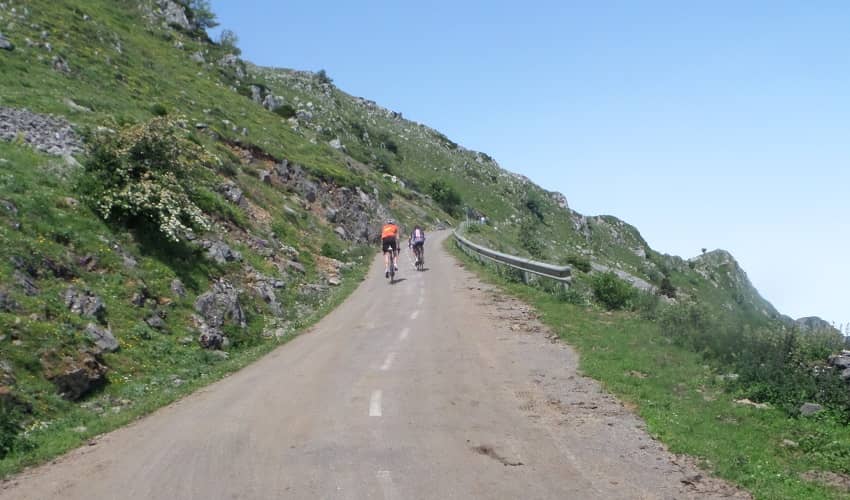
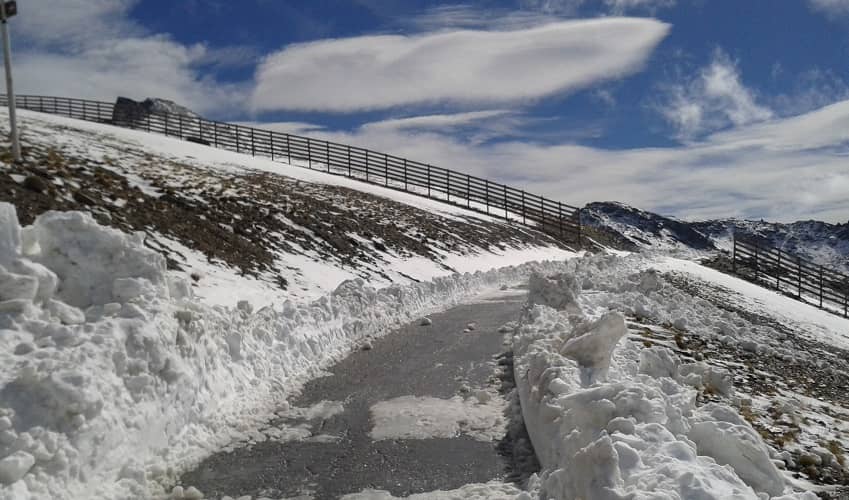
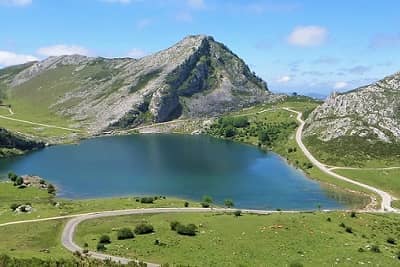
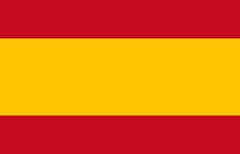 Spain
Spain
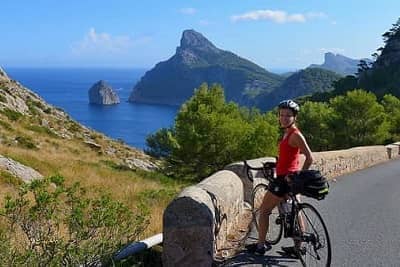

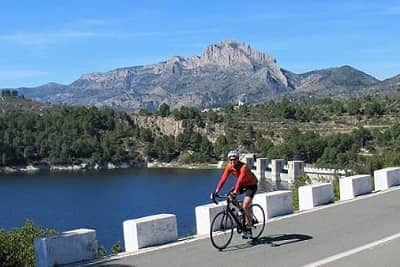
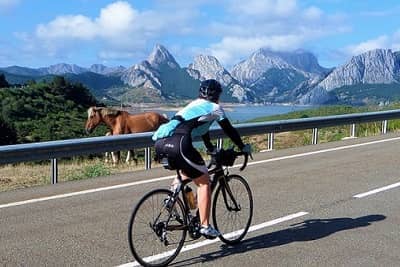
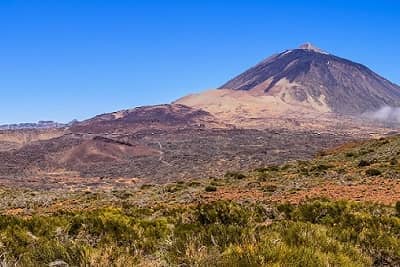
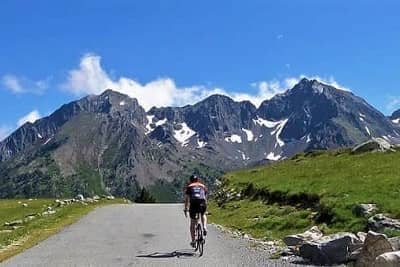
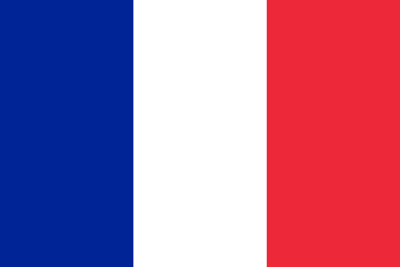 France
France